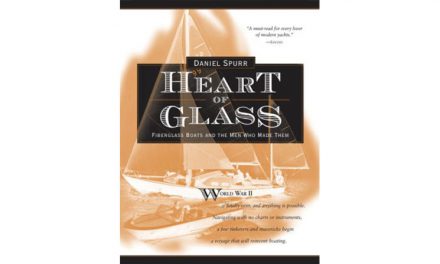 Laura S. Wharton’s debut novel The Pirate’s Bastard, is set in colonial America in the first half of the 18th Century. This was an exciting place, especially for a young, ambitious man like Edward Marshall who epitomized the entrepreneurial spirit that made America a haven for him and those of his ilk. With dreams of becoming a shipbuilder, merchant, and businessman, he is well on his way to establishing a reputation as an honest, hardworking individual, learning and earning as he absorbs all he can to make his dream come true.
Laura S. Wharton’s debut novel The Pirate’s Bastard, is set in colonial America in the first half of the 18th Century. This was an exciting place, especially for a young, ambitious man like Edward Marshall who epitomized the entrepreneurial spirit that made America a haven for him and those of his ilk. With dreams of becoming a shipbuilder, merchant, and businessman, he is well on his way to establishing a reputation as an honest, hardworking individual, learning and earning as he absorbs all he can to make his dream come true.
We first meet Edward as a young boy whose father had left his wife and their prosperous sugar plantation in Barbados years earlier to live a life of adventure as a pirate. He eventually ended up on the gallows in Charleston, but not before fathering Edward by his French mistress, who died in childbirth, giving Edward the moniker “The Pirate’s Bastard” around Bridgetown. To Edward’s good fortune, as a young child he was befriended by the Reverend Jonathan Eubanks, the local Anglican minister in Bridgetown, who became the father that Edward never had. Edward resented his lineage and the trouble it caused him, so when Reverend Eubanks invited the nine-year-old to join him in his new assignment in Brunswick, in colonial Carolina, Edward jumped at the chance. The story picks up fifteen years later when we see Edward in early adulthood making a name for himself as an aspiring entrepreneur in his adopted town, where he still seeks the advice of the aging Reverend Eubanks, whose friendship Edward still cherishes.
The Pirate’s Bastard is an OK read, but there were a few things that I felt were incomplete. Some of the characters develop quite nicely in the heart of the novel, but they seem to disappear when they could have been a larger feature and made a heftier contribution to the story, thereby adding to the intrigue. Similarly, the plot seems to lose some of its pizzazz about three-quarters of the way through and the story seems to fizzle, which is unfortunate because there are two features that lend a certain amount of credibility to the story: 1) Wharton has done her research and we get a fairly good idea of what life must have been like in the colonies; and 2) She also has a firm grasp on the nautical world in that era, which makes that part of the story come alive. In spite of this, however, The Pirate’s Bastard’s shortcomings could leave the reader wondering if, or perhaps more accurately, why the author ran out of steam toward the end of the project, which, in the beginning, showed such potential.




